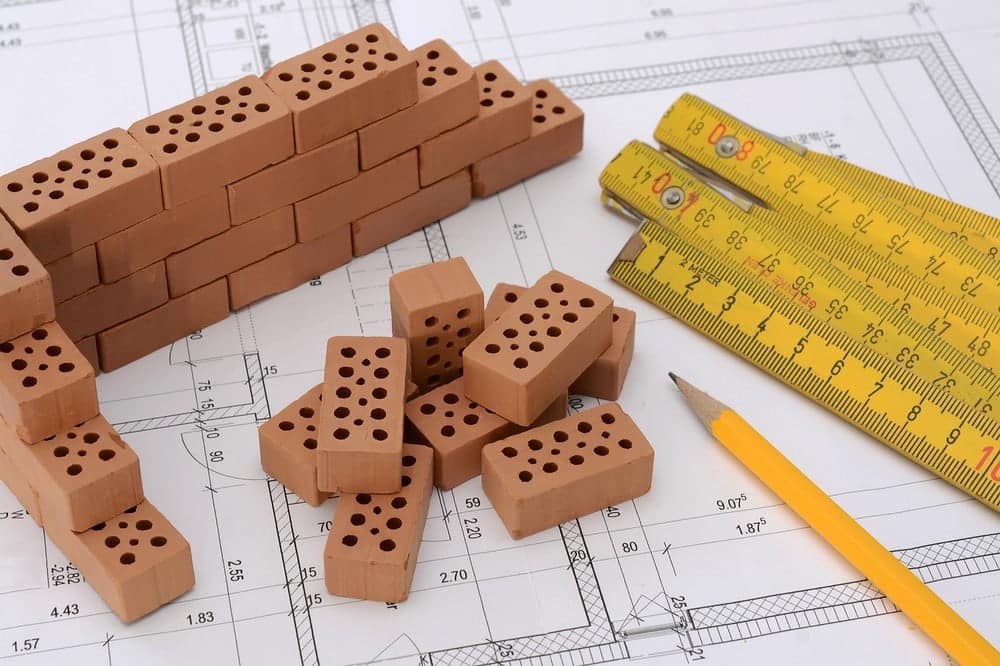
Embarking on a home remodelling project can be both exhilarating and daunting. Homeowners often envision the final product, and the path to that dream home involves numerous critical decisions. From budgeting to selecting a contractor, taking the time to consider some essential factors will ensure that the renovation process goes smoothly and meets your expectations. Understanding these elements can help you avoid common pitfalls, manage your resources efficiently, and create the living space you’ve always wanted.
Establishing a Realistic Budget
A successful remodelling project begins with a well-defined budget. Many homeowners underestimate the costs associated with renovations. Beyond materials, there are expenses for labor, permits, and potential surprises that can arise during the project. Conduct thorough research on average costs in your area and itemize your budget for everything from demolition to finishing touches. Allocating an emergency fund of at least 10 to 20 percent for unexpected expenses can mitigate financial strain.
Monte Carlo simulations have shown that creating a detailed budget can increase the chances of completing renovations on time and within limits by around 30 percent. This consideration means you can prioritize your needs against your wants, giving you a clear path forward. An established budget helps create boundaries that keep the project structured and less stressful.
Setting Clear Goals and Priorities
Before breaking ground, it’s vital to clarify your goals and priorities. Are you remodelling to enhance functionality, aesthetic appeal, or increase your home’s market value? Defining specific objectives can help guide decision-making and ensure that your project meets its purpose. Communicate with family members or housemates to gather various perspectives and consolidate priorities.
Consider the long-term impact of your choices. If increasing your home’s value is paramount, focus on popular renovations, such as kitchen and bathroom upgrades. Working with professionals, such as Sterling’s leading kitchen remodeling and bathroom remodeling company, can provide valuable insights and recommendations tailored to your preferences. By reflecting on the purpose behind the remodel, you can prioritize specific areas and allocate resources effectively.
Choosing the Right Contractor
Selecting a reputable contractor is one of the most significant steps in remodelling. A skilled professional will bring your ideas to life while ensuring that the project complies with local regulations and standards. Start by seeking recommendations from friends and family, reading reviews online, and interviewing multiple contractors. Verifying credentials, licenses, and insurance coverage is essential for protecting your interests.
A trustworthy contractor will keep you informed throughout the project, communicate delays or changes promptly, and offer solutions to potential obstacles. Great communication can save you from misunderstandings and disappointment down the line. Asking for a detailed timeline and a breakdown of costs can give you more confidence in the process.
Understanding Local Regulations and Permits
Home remodelling often requires permits, especially when making structural changes or adjustments to plumbing and electrical systems. Familiarize yourself with your local building codes, zoning laws, and permit requirements to avoid delays or fines. Your contractor should have the experience and knowledge to navigate this landscape, and it’s beneficial for homeowners to remain informed.
Research specific regulations that pertain to your project type, as these can vary widely by region. Some areas may have restrictive laws regarding renovations that alter a property’s exterior appearance. Understanding these regulations beforehand can help you save time and frustration during the approval process.
Planning for Disruption
Remodelling can dramatically affect your day-to-day life. Being prepared for noise, dust, and potential displacement is essential. Depending on the project’s scale, you might need to relocate temporarily while construction is in progress. Set up a plan for how the work will affect your routine, such as for meals and access to essential spaces in your home.
Consider designating specific areas for workers and organizing your belongings to minimize chaos. Communicating with your contractor about timelines and construction schedules can help manage expectations. Understanding that disruption is part of the process can help you approach the remodelling phase with patience and a positive outlook.

Focus on Functionality and Aesthetics
Your remodelling project is not about enhancing the look of your home. It’s about improving how it functions for your family. Pay close attention to the flow of space and how each room complements the other. During the design phase, think critically about how renovations can improve usability without sacrificing aesthetics.
Select materials and finishes that reflect your style while considering practicality. Durable, easy-to-clean surfaces are ideal for high-traffic areas. Consider using energy-efficient appliances and fixtures, as these can positively impact your bills in the long run. Striking the right balance between functionality and design creates a comfortable living environment tailored to your family’s needs.
Approaching a home remodelling project with a clear understanding of these six foundational elements sets the stage for a successful outcome. By establishing a realistic budget, setting clear goals, choosing the right contractor, and understanding local regulations, you position yourself for success. Planning for the inevitable disruption and focusing on both functionality and aesthetics will contribute significantly to the value of your home, helping you achieve a living space that feels both enjoyable and practical.








